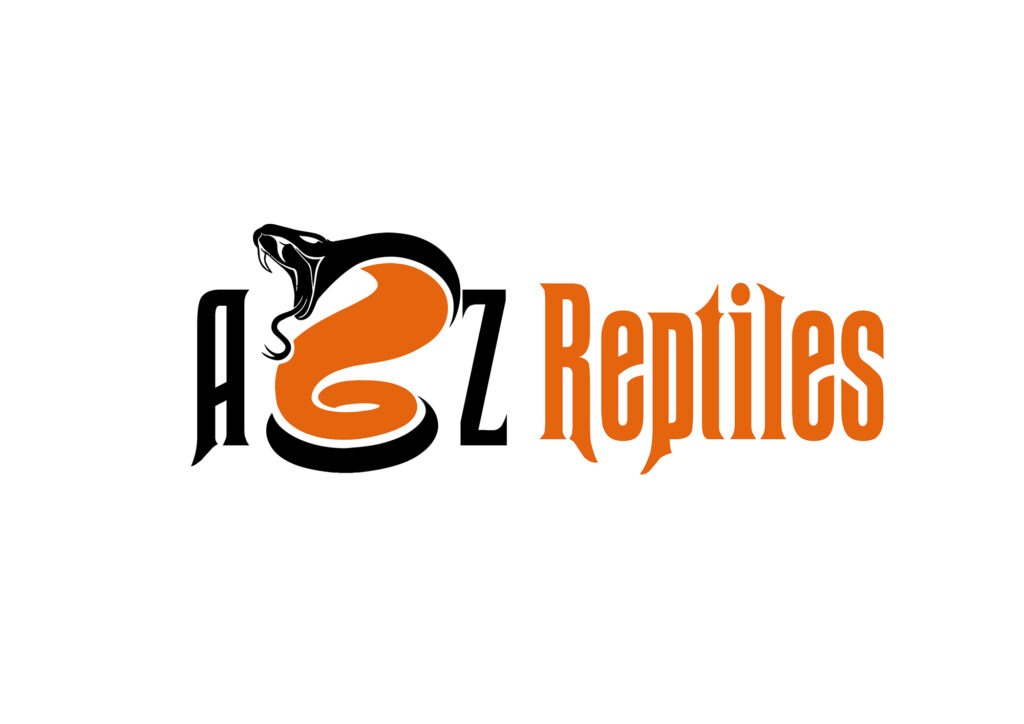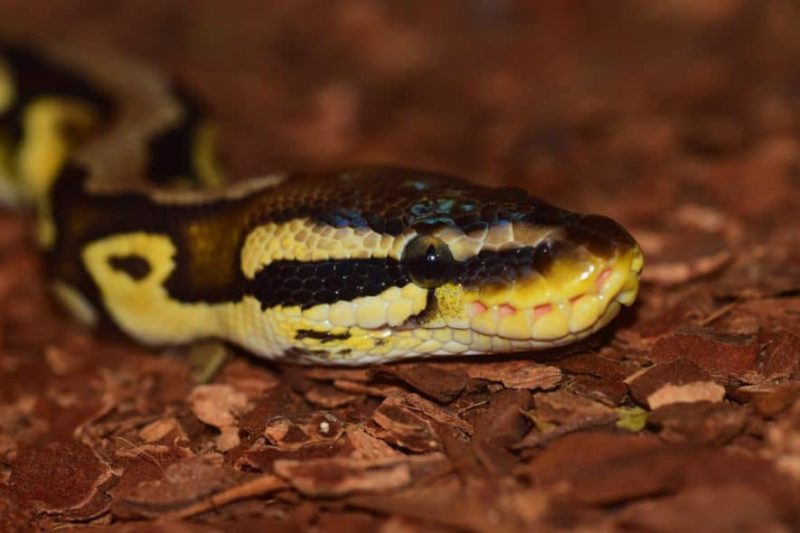Ball Python care guide
Ball pythons are named for their habit of curling themselves up into a tight ball. Check out this easy to follow ball python care guide for your next new pet.
Ball Python

Ball Python Facts:
Scientific classification
Kingdom:
Animalia
Phylum:
Chordata
Class:
Reptilia
Order:
Squamata
Suborder:
Serpentes
Family:
Pythonidae
Genus:
Python
Species:
regius
Binomial name:
Python regius
Ball Python Adult Size:
4 to 6 feet long.
Lifespan:
Up to 30 years with proper care.
Reach adult size in 3 years, under ideal conditions. Upgrade habitat size as your snake grows, or use adult ball python sizes habitat to start.
Diet:
carnivorous
A well-balanced ball python diet consists of:
Appropriately sized frozen rodents, thawed/warmed to above room temperature.
Do not use a microwave to defrost frozen rodents! Do not prepare them in the same area that you prepare food! If it is unavoidable, be sure to thoroughly disinfect the area.
If feeding your snake live rodents, do not leave them unattended. Live rodents can injure the snake. Sometimes fatally!
Ball Python Husbandry:
Things to remember when keeping your ball python:
Feeding Frequency-
Feed juveniles once a week, adults every one to two weeks.
Water-
Fresh, clean, chlorine-free water should be available at all times in a large enough bowl for your ball python to soak in.
Housing Size –
Appropriately sized and shaped habitat for a baby ball python to accommodate normal behavior and exercise. For an Adult Ball python at least a 20L or a 40 breeder tank is recommended.
Substrate –
Use aspen shavings, mulch-type such as coconut fiber bedding or reptile bark and dampened sphagnum moss for humidity.
Habitat –
Provide a hiding area just large enough for your snake to fit inside and a branch or décor to climb on. Maintain 40 to 60% humidity; higher during shedding.
Temperature –
Temperature gradient (95°F for the warm end and 78° for the cool end); recommend radiant heat.
Lighting-
Provide 8 to 12 hours of light daily. Don’t leave white light on at all times; a nocturnal or infrared light should be used at night.
Do not house different snake species together.
Normal Behavior
As your snake gets ready to shed, their eyes will turn a milky blue/grey over the course of a few days and their body color will start to dull and develop a whitish sheen. May become irritable; avoid handling if possible
Appetite may vary.
Habitat Maintenance-
Thoroughly clean and disinfect the habitat at least once a week: place snake in a secure habitat; scrub the tank and furnishings with an F10 solution; dry the tank and furnishings completely and add clean substrate.
Unlike many other products F10 stays active providing an ongoing residual effect. The recommended dilution rates of F10SC are: General disinfection at 1:500 (2ml in 1 liter of water) High level disinfection against bacteria, fungi and most viruses at 1:250 (4ml to 1 liter of water)
Grooming & Hygiene:
Snakes will regularly shed their skin; ensure humidity of habitat is at appropriate level to allow snake to shed properly.
Never try to remove eye caps by yourself. Seek veterinary care.
Health:
Signs of a Healthy Animal:
- Active and alert.
- Clear eyes (except when shedding).
- Eats regularly.
- Healthy skin.
- Regularly sheds skin in one complete piece.
- Free of mites and ticks.
Red Flags:
- unusually frequent or infrequent shedding
- vomiting
- lethargic or reluctant to eat
- abnormal feces
- bumps or spots on skin
- labored breathing
- difficulty shedding
- white, cheesy substance in mouth
If you notice any of these signs, contact your veterinarian!
Common Health Issues:
Health Issue:
Dermatitis.
Symptoms or Causes:
Blisters, rapid shedding caused by an unclean habitat or one that is too cold or damp.
Suggested Action:
Consult your veterinarian, clean the habitat and lower humidity.
Health Issue:
Respiratory disease.
Symptoms or Causes:
Labored breathing, mucus in mouth or nostrils. Can be caused by a habitat that is too cold or damp.
Suggested Action:
Consult your veterinarian and keep snake warm and dry.
Health Issue:
Stomatitis.
Symptoms or Causes:
White, cheesy substance in the mouth, loss of teeth and appetite. If untreated, can be fatal.
Suggested Action:
Immediately consult your veterinarian.
Health Issue:
Ticks and mites.
Symptoms or Causes:
Parasites on skin, can transmit disease.
Suggested Action
Consult your veterinarian.
Want to Support our efforts? Donate! fan funding is our main source of income! Thank you!
Support Our Breeding operation Click Here For Our Go Fund Me!

Start Your Own Website and learn how to make money all in one platform Click HERE!
This is the link to click for a reptile or a frog! Check out this article! Click Here!
Get A Baby Tortoise! Check out This article! Click Here!
Ball Python Care Guide CLICK HERE!



